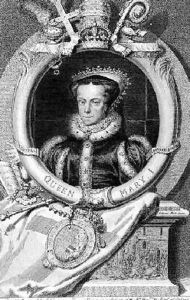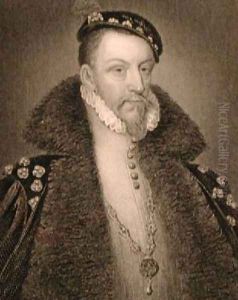Mor, Sir Anthonis (Antonio Moro) Paintings
Sir Anthonis Mor, also known as Antonio Moro, was a prominent portrait painter of the 16th century, born in Utrecht, Netherlands, in 1517. His early life is somewhat obscured, but it is known that he trained with Jan van Scorel, a significant Dutch painter of the time, who had a profound influence on his development as an artist. Mor's talent in capturing the essence and character of his sitters quickly garnered attention, leading to a flourishing career that took him across Europe.
Mor's work is characterized by its meticulous detail, rich coloration, and the psychological depth he brought to his portraits. By the mid-16th century, he had become one of the most sought-after portraitists in European courts. His ability to convey the dignity, authority, and personality of his subjects made him a favorite among royalty and the nobility. He served in the court of Emperor Charles V, for whom he completed numerous portraits, and later worked for Philip II of Spain, among other high-profile clients.
One of Mor's most famous works is the portrait of Queen Mary I of England, painted in 1554, which exemplifies his skill in portraying regal majesty and human complexity. His travels took him to England, Spain, Portugal, and Italy, where he not only painted portraits but also absorbed the influence of other masters, which further refined his technique and style.
Despite his success and the high demand for his work, little is known about Mor's personal life. He was knighted by Philip II of Spain, an honor that acknowledges his significant contributions to the arts and his standing among the European elite. Mor returned to the Netherlands in the latter part of his life, where he continued to paint until his death in 1577.
Sir Anthonis Mor's legacy is that of a master portraitist who captured the complexities of the human spirit and the opulence of the European court. His works remain a valuable window into the personalities and fashions of the Renaissance period and continue to be studied and admired for their artistic and historical significance.






